
Pourquoi bébé pleure 20 raisons absurdes pour lesquelles bébé pleure
Georges Braque. French 1900-2000. From John Szoke, Pablo Picasso, La Femme qui pleure I (1937), Aquatint, scraper, drypoint and burin, 27 1/8 × 19 1/2 in.

Pin on Art
La femme qui pleure est un tableau de Pablo Picasso datant de 1937. Il s'agit de l'une des œuvres les plus célèbres de Picasso, qui met en scène sa maîtresse Dora Maar, que Picasso a photographiée et dont il s'est inspiré pour peindre le tableau. L'œuvre la plus connue est celle qui se trouve dans la collection de la Tate Modern, mais.

Les femmes pleurent plus que les hommes et deux fois plus longtemps ! Biba Magazine
Some 1700 people were killed or wounded. The study of a weeping woman, her mouth fixed in a silent scream of pain, is a motif to convey the plight of the Spanish people of the Basque region. Picasso experimented with the image of the weeping woman in several prints and, most famously, in a painting. This print was purchased directly from the.

Portrait d'une femme qui pleure Free animated GIF PicMix
Les longs cheveux noirs, dénoués et blanchis par le malheur, indiquent au spectateur que cette Femme qui pleure est également une Dora Maar, qui, dans les œuvres de Picasso, se caractérise par les larmes. Image. Légende.

femme qui pleure au lit — Photo 4319635
All Sizes. Previous123456Next. Download and use 600+ Femme Qui Pleure stock photos for free. Thousands of new images every day Completely Free to Use High-quality videos and images from Pexels.

Portrait de femme qui pleure. GIF animé gratuit PicMix
Pablo Picasso. The Weeping Woman, I (La Femme qui pleure. I ), state VII. 1937. Drypoint, aquatint, etching, and scraper. plate: 27 3/16 x 19 1/2" (69 x 49.5 cm); sheet: 30 1/2 x 22 9/16" (77.4 x 57.3 cm). Pablo Picasso, Paris. Lacourière, Paris. Acquired through the generosity of David Rockefeller, Steven A. and Alexandra M. Cohen, Debra and Leon Black, Jo Carole and Ronald S. Lauder, Sue.

Épinglé par Lis Novoa sur Psychology Visage qui pleure, Expression visage, Idées de photographie
The Weeping Woman series is regarded as a thematic continuation of the tragedy depicted in Picasso 's epic painting Guernica. In focusing on the image of a woman crying, the artist was no longer painting the effects of the Spanish Civil War directly, but rather referring to a singular universal image of suffering.
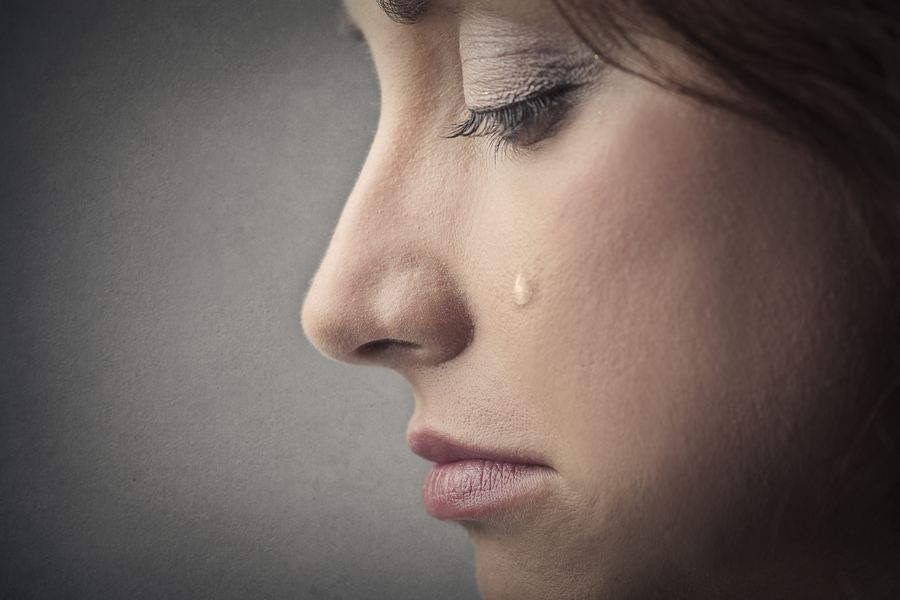
The Spiritual Expressions of Your God Designed Tears
The Weeping Woman (French: La Femme qui pleure) is a series of oil on canvas paintings by Pablo Picasso, the last of which was created in late 1937.The paintings depict Dora Maar, Picasso's mistress and muse. The Weeping Woman paintings were produced by Picasso in response to the bombing of Guernica in the Spanish Civil War and are closely associated with the iconography in his painting Guernica.

Pleurer de jeune femme image stock. Image du assurance 4094235
Pablo Picasso. The Weeping Woman, I ( La Femme qui pleure. I ), state III. 1937. Drypoint, aquatint, etching, and scraper. plate: 27 1/8 x 19 1/2" (68.9 x 49.5 cm); sheet: 30 5/16 x 22 5/16" (77 x 56.7 cm). Pablo Picasso, Paris. Lacourière, Paris. Acquired through the generosity of the Katsko Suzuki Memorial Fund, the Riva Castleman Endowment Fund, David Rockefeller, The Philip and Lynn.
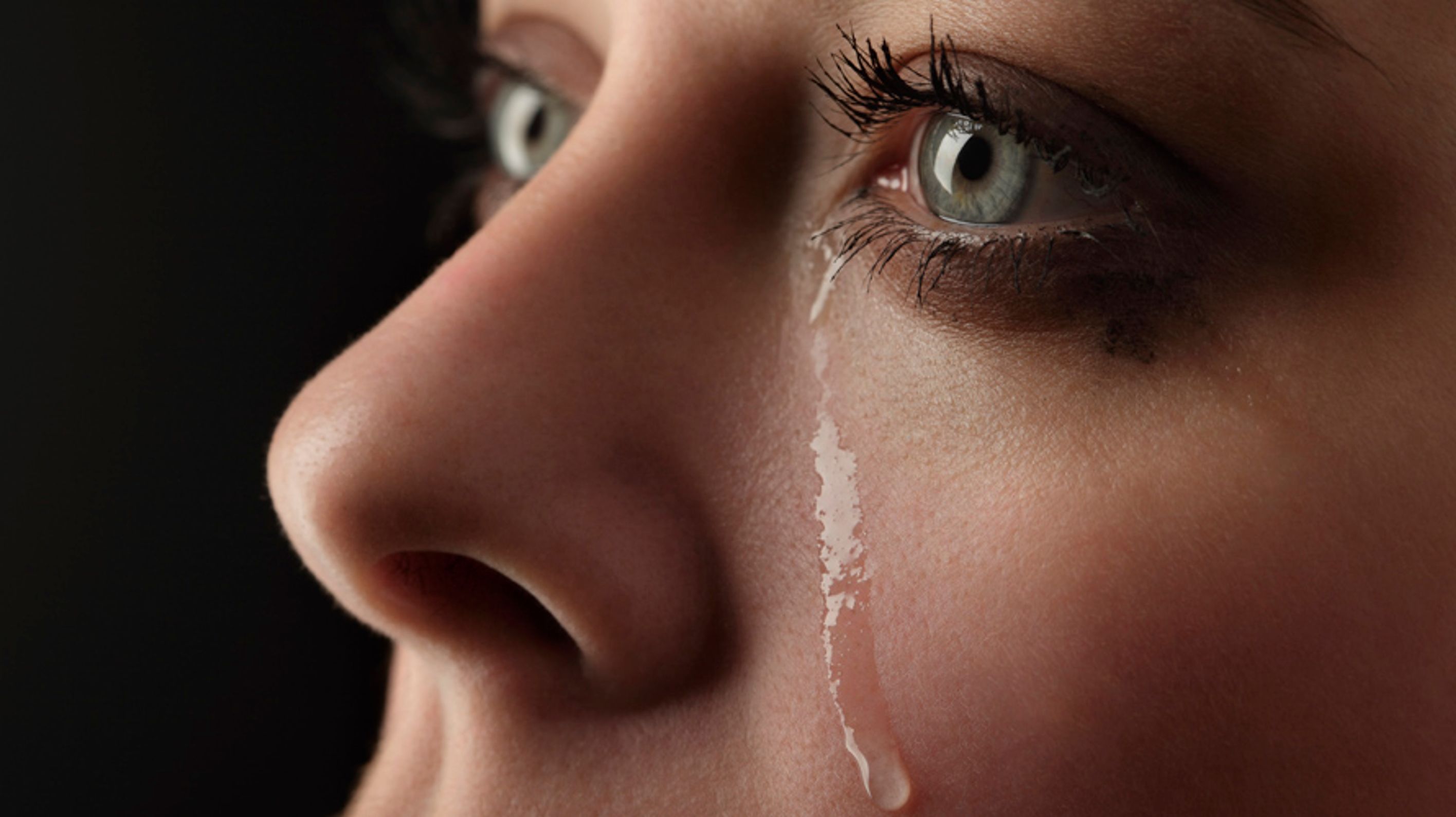
Pleurer devant un film triste, le remède pour se sentir moins déprimé?
This article is a study of the dialogue that is maintained between the novel « La femme qui pleure » by Assia Djebar and the Picasso painting that bears the same title. This article also aims to show author's achievement of the liberation of the feminine subject through an aesthetic means, in other words, through an angle that allows for an encounter between that which has been written and.

Portrait d'une femme qui pleure pleurer Photo Stock Alamy
Weeping Woman is based on an image of a woman holding her dead child. It is taken from Picasso's anti-war mural, Guernica. Picasso painted both works during the Spanish Civil War (1936-39). It was in response to the bombing of the Basque town of Guernica. The attack was carried out in April 1937 by Nazi Germany's air force, in support of.
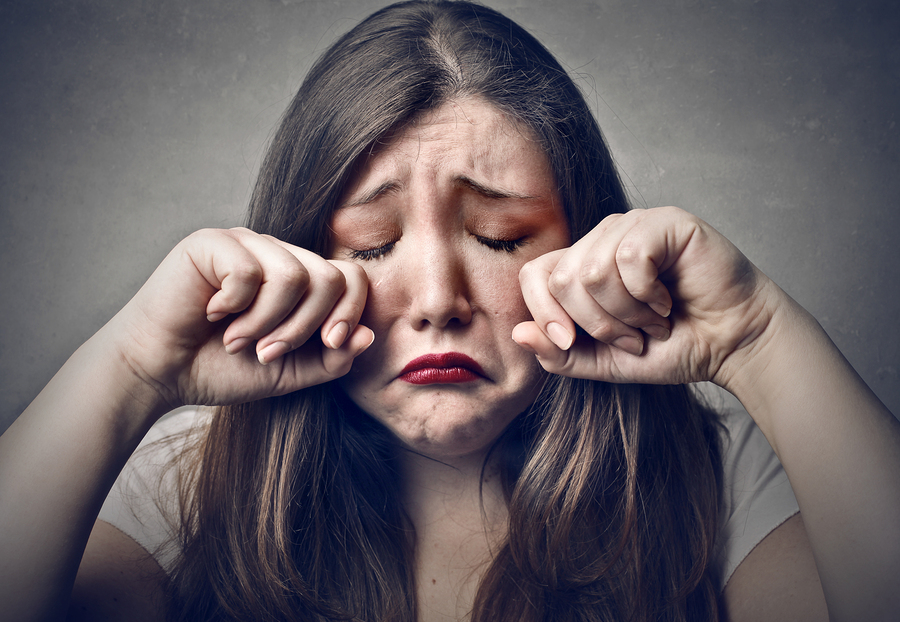
Eplucher les oignons sans pleurer La recette facile par Toqués 2 Cuisine
He then etched La femme qui pleure, I, taking the plate through seven progressive states, on a single day, 1 July. The image first appears in all its stark drama in the third state. Picasso strengthened the contrasts of light and dark in the fourth and fifth states; he dispensed in the latter, moreover, with the aquatint shading in the bridge.

Vous avez le droit de pleurer
Emblème du portrait cubiste dans la carrière artistique de Picasso, « Femme qui pleure » montre une violence dans l'expression du visage, mais aussi une dénonciation face à la guerre en Espagne. En 1907, son œuvre « Les demoiselles d'Avignon », ouvre la porte au mouvement cubiste. Fondé par Georges Braque et Pablo Picasso, le cubisme a pour objectif […]
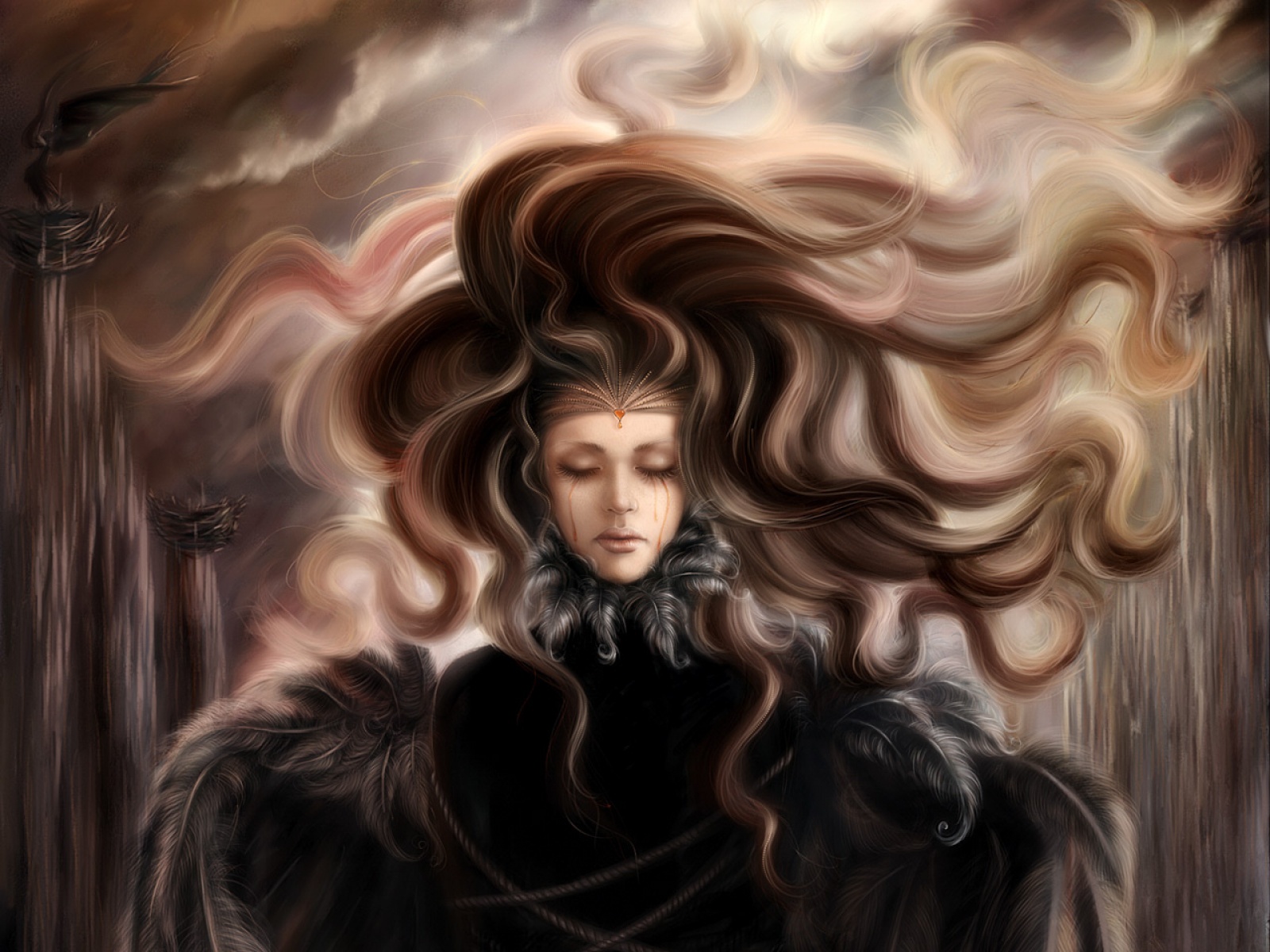
Fond d'ecran Femme qui pleur Wallpaper
Résumez cet article pour un enfant de 10 ans. AFFICHER TOUTES LES QUESTIONS. La Femme qui pleure est une œuvre de Pablo Picasso datant de 1937. Il s'agit d'une huile sur toile de 59,5 cm par 49 cm représentant le portrait de Dora Maar, qui était alors sa maîtresse. Si ce bandeau n'est plus pertinent, retirez-le. Cliquez ici pour en savoir.
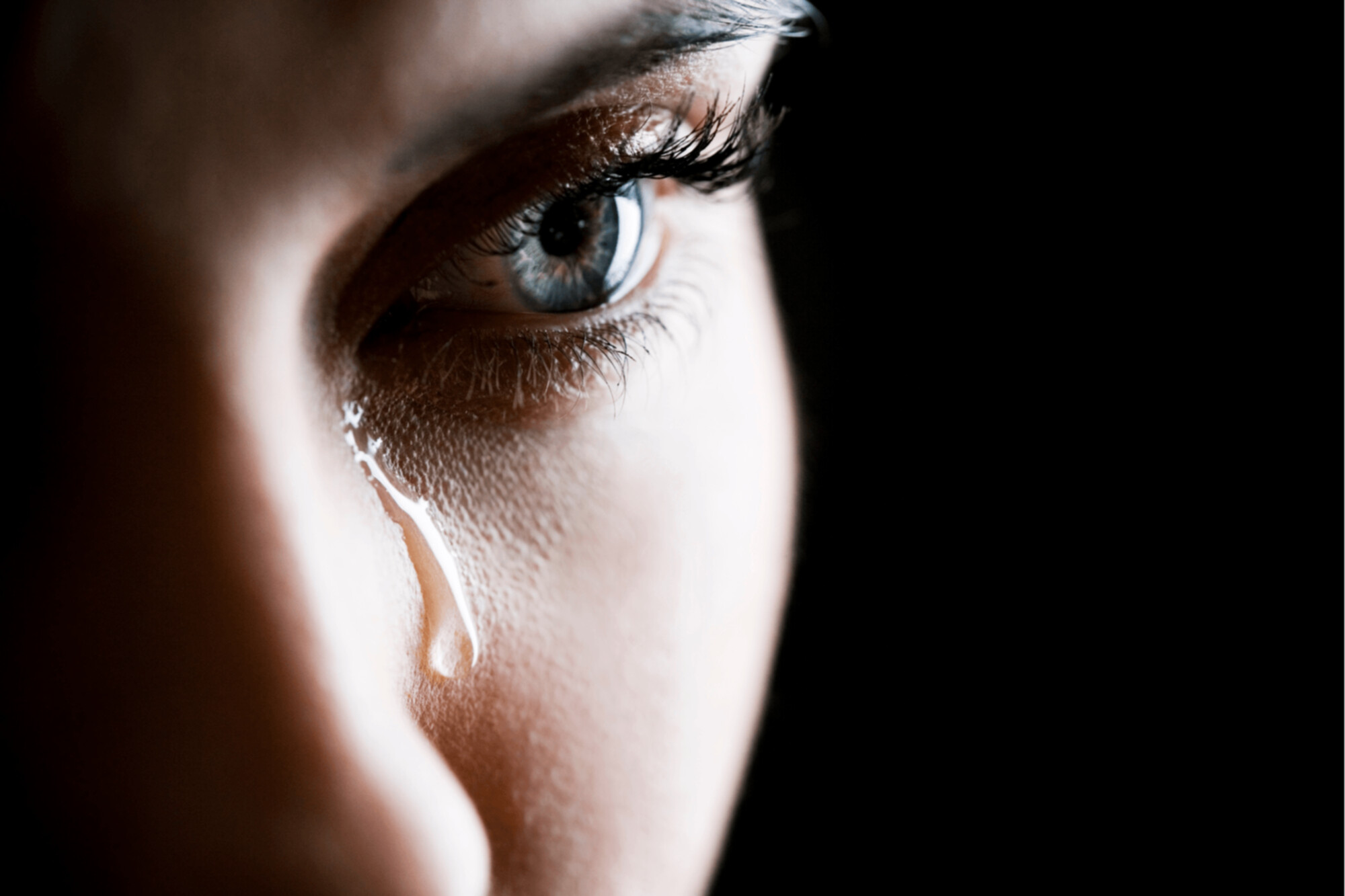
Pourquoi je pleure quand je suis frustré ou en colère ?
La Femme qui pleure. La Femme qui pleure est une œuvre de Pablo Picasso datant de 1937. Il s'agit d'une huile sur toile de 59,5 cm par 49 cm représentant le portrait de Dora Maar, qui était alors sa maîtresse. L'œuvre était dans la collection privée de Dora Maar jusqu'à sa mort en 1997. Depuis, elle est conservée au Tate Modern à.
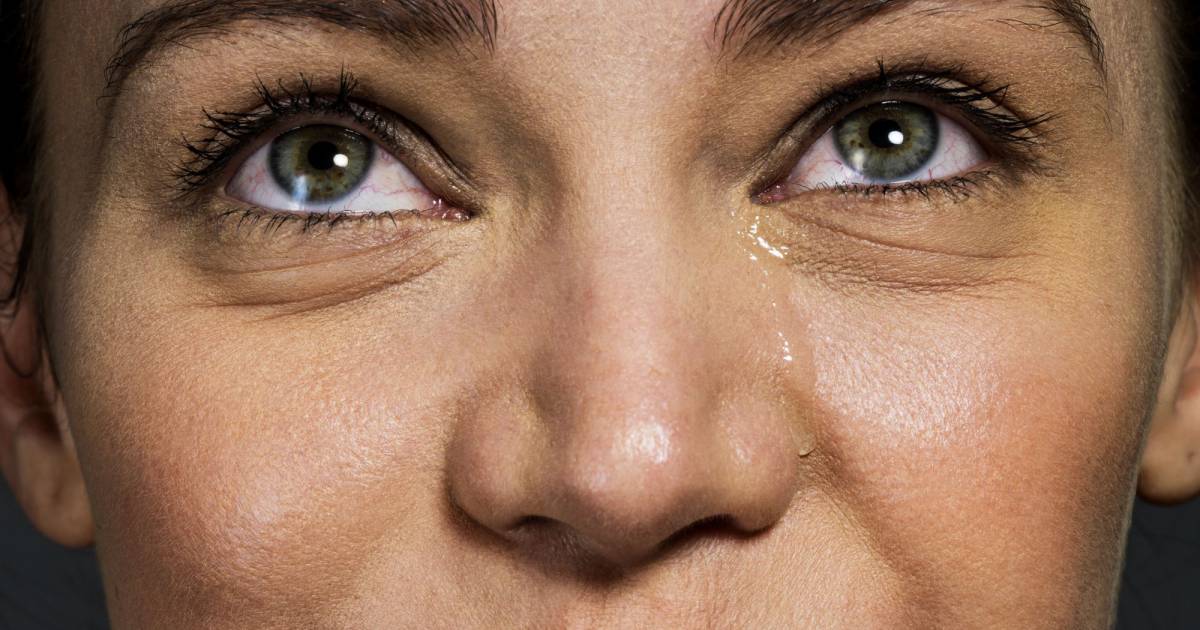
6 raisons pour lesquelles les gens qui pleurent souvent sont plus forts mentalement Terrafemina
Picasso etched the seven states of La femme qui pleure, I on 1 July, three days before completing his mural. The image first appears in all its stark clarity in the present third state, which, together with the final seventh state, were the only two Picasso decided to sign and number in a published edition of fifteen impressions each.